Food Preservation DefinitionWe all get energy from food. Human sickness is primarily brought on by bad or rotten food. This condition is known as food poisoning. Food must be maintained in several ways to prevent this from happening. One way to keep food safe from microbial development is through food preservation. 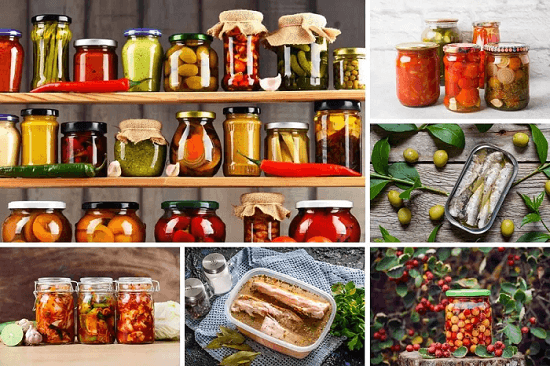
After preparing the meal, lids store and protect it to prevent flies and insects. Thus, we are defending it from any illness brought on by them. It is only a temporary situation. Conversely, food preservation aims to extend the time food remains fresh. Definition of Food Preservation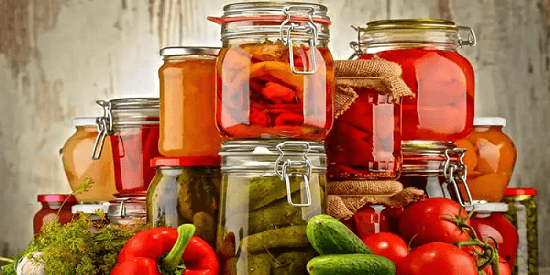
Food can get spoiled for various reasons, such as infection by microbes, insect infestation, and endogenous enzymes (naturally occurring in the food). Food rotting, which makes food unsuitable for human eating, may be promoted by chemical and physical alterations, such as the tearing of plant or animal tissues or the oxidation of some food constituents. Thus, foods must be preserved to prevent or reduce food spoiling and enable longer food storage. Principles of Food Preservation
Objectives of Food PreservationThe following are some objectives of food preservation techniques:
Methods for Food Preservation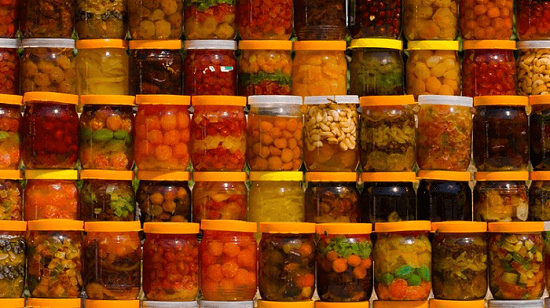
The two types of food preservation techniques are physical preservation and chemical preservation. 1. Physical MethodsPhysical preservation techniques for food include A. Drying 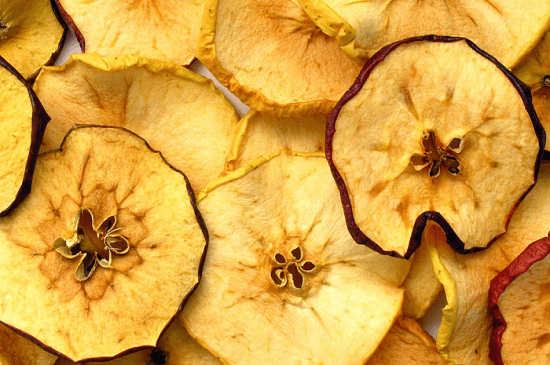
The process, also known as dehydration, means allowing sunshine naturally absorb the food's moisture content. Since ancient times, people have used drying techniques to effectively dry various spices, vegetables, fruits, and other items. We must be familiar with the Southern Italian-born sundried tomato, renowned for its delightfully sweet flavor. Food goods, including apples, mangos, chilies, herbs, various spices, etc., have all been dried in India. Food products are dried in direct sunshine for up to two weeks or more in a clean, dry environment. These days, artificial drying is also done using an electric dehydrator. B. Canning 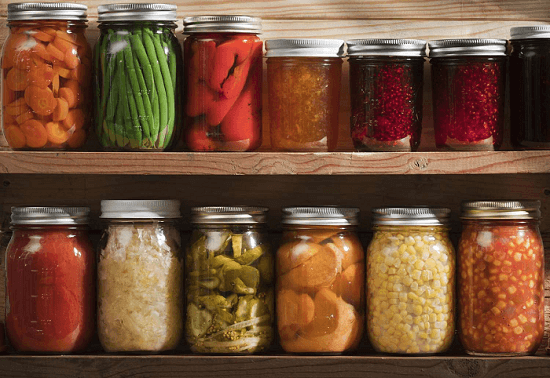
The process, also known as bottling, involves sterilizing the jars and the food contained inside them using various canner types. High-acid foods are often preserved using water bath canners, while low-acid foods are preserved using pressure canners. During the canning process, various food products, such as fruits, vegetables, fish, and meat, are first prepared and then kept within a sterilized jar or can. The top lid that seals the jars at the end might be labeled with information like the processing date and the food item's name. The "Father of Canning" was a scientist named Sir Nicholas Appert. C. Fermentation 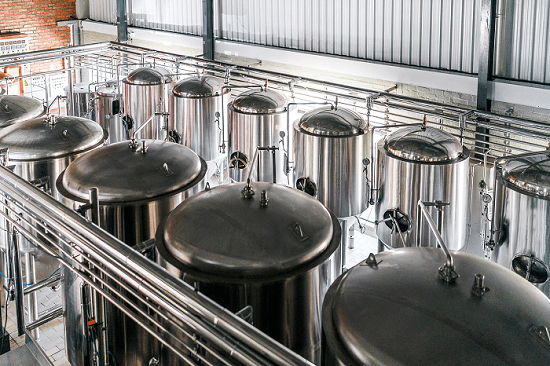
When using this technique, which is carried out in anaerobic environments, microorganisms are changed chemically in food using organic acids. In the lack of oxygen, these anaerobic conditions develop. Because alcohol is a natural preservative, this environment encourages microbial fermentation of starches and sugars into this substance. This technique may preserve food items like cheese, yogurt, etc. D. Vacuum Packaging 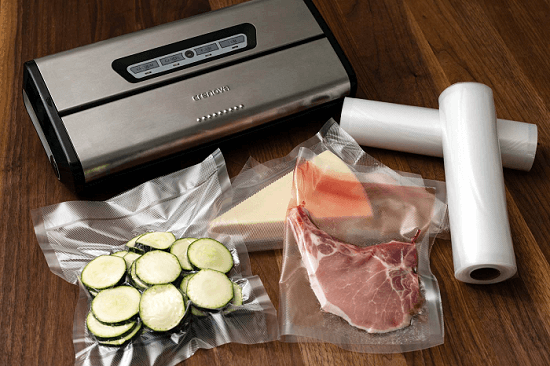
Food vacuum machines are used for this. This method involves packing food products in a bag, removing all the air, and sealing the bag tightly. This process lengthens food products' shelf lives. This technique may preserve various foods, including cereals, nuts, cheese, coffee, etc. E. Chilling 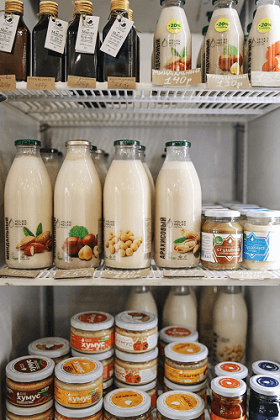
The name of this method, which is most frequently employed in the current day and years of age, is refrigeration. According to the food's substance, kind, and other factors, chilling is a straightforward technique that uses cool temperatures (between 0 and 4 degrees Celsius) to preserve food for a few days to a few weeks. As a result, food spoiling is reduced due to the cool temperature's ability to slow microbial development. Before refrigeration, we must consider food storage, containers, temperature, etc. It is possible to extend the lifespan of food by using sterilized containers, storing it on certain shelves, removing any food that has gone bad, and keeping it between 1 and 4 degrees Celsius. F. Freezing 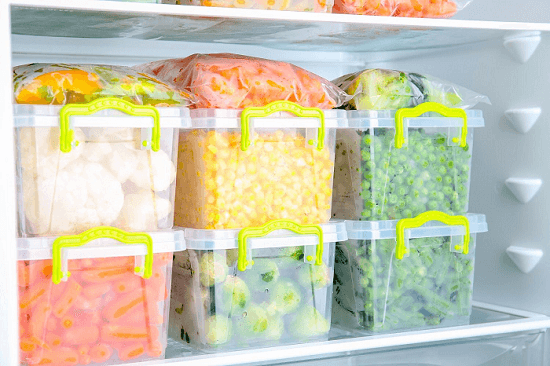
It is an improved approach to chilling. The freezing method uses a freezing temperature to maintain a variety of foods, extending their storage period by up to a few weeks or a month. Rarely do microorganisms grow at zero degrees Celsius. Like chilling, freezing involves taking specific steps that increase food products' shelf life, including food storage, freezing temperatures, and defrosting. Food may be fresher for at least a month if kept in airtight containers, frozen between -18 and -20 degrees Celsius, and regularly defrosted. G. Smoking 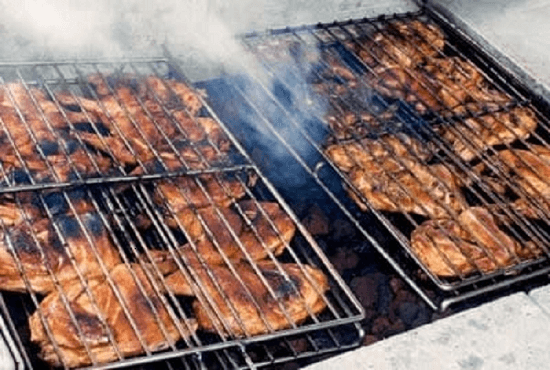
It is a common food preservation method that benefits from the smoke produced by burning a particular kind of wood. The formaldehyde and phenolic chemicals in the wood give the smoked foods a distinctive flavor. Fish and meats are now often prepared via smoking. The formaldehyde and phenolic chemicals' antibacterial characteristics help preserve the food, whereas heating causes the food to dry out. H. Pasteurization 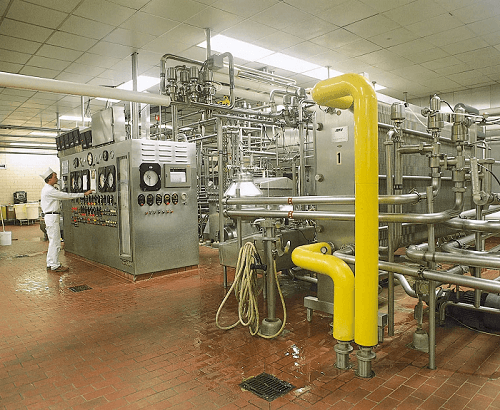
A scientist named "Louis Pasteur" is credited with introducing the idea that food might decay when exposed to air. Numerous bacteria found in the air can degrade the physiochemical characteristics of food. High heat is used during pasteurization to kill or inactivate harmful bacteria. 2. Chemical MethodsChemical techniques can also be used to preserve food, such as A. Sugaring 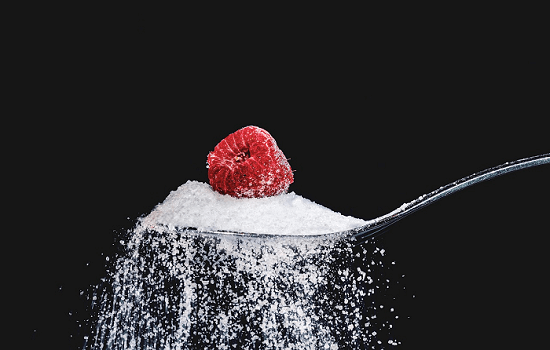
Adding sugary compounds to food to lower the moisture level is a typical way to preserve food. Sugaring is mostly employed to preserve fruits like cranberries, mango, apricots, etc., generally known as jam. When sugar is added to fruits, the sugar concentration rises, releasing the food's water content and preventing the microbial attack. This procedure works with any sweet ingredient, including honey, jaggery, sugar granules, sugar syrup, etc. In addition to fruits, vegetables such as carrots and ginger can be preserved by sugaring and utilized as flavorings. B. Salting 
One technique for preserving food is salting, whose basic idea is similar to sugaring. Adding salt causes the desired meal to release some water content, defeating any harmful microbes that may otherwise turn the food undesirable. Both dry and moist curing methods of salting are possible. Dry salt is used in dry curing to drain water from food products like fish, pork, chicken, etc. In contrast, wet curing uses the canning procedure to make a salt or brine solution to preserve different vegetables for longer. Food preservation methods like sugaring and salting require extra care since too much of either might have negative health effects. C. Pickling 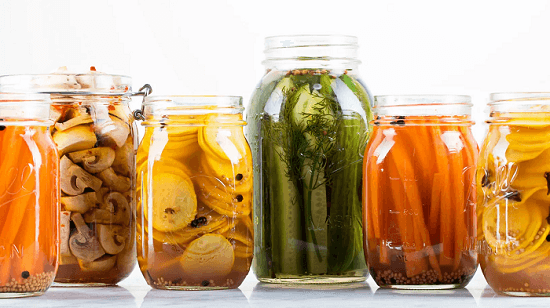
It is one of the earliest known techniques for preserving food, and it can take one of two forms fermentation or chemical pickling. Natural preservatives, including salt, edible oil, sugar, spices, and chemical-based ones like EDTA, are used in the pickling process. Garlic, onions, cucumbers, carrots, ginger, and other vegetables can be fermented in vinegar or brine. In the present day, food additives like EDTA (Ethylenediaminetetraacetic acid) are used to extend the shelf life of food items in the "Chemical pickling" process. One to two years is typically the shelf life of pickles. Importance of Food Preservation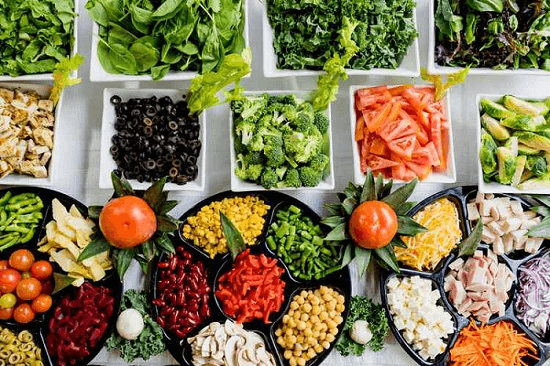
Food preservation techniques are crucial for preserving food for extended periods without affecting its flavor, aroma, or nutritional value.
ConclusionTherefore, the food preservation method is ideal for storing various food products. By preserving food safety and quality, food preservation aims to reduce microbial development and lengthen the shelf life of the food.
Next TopicHappiness Definition
|
 For Videos Join Our Youtube Channel: Join Now
For Videos Join Our Youtube Channel: Join Now
Feedback
- Send your Feedback to [email protected]
Help Others, Please Share










